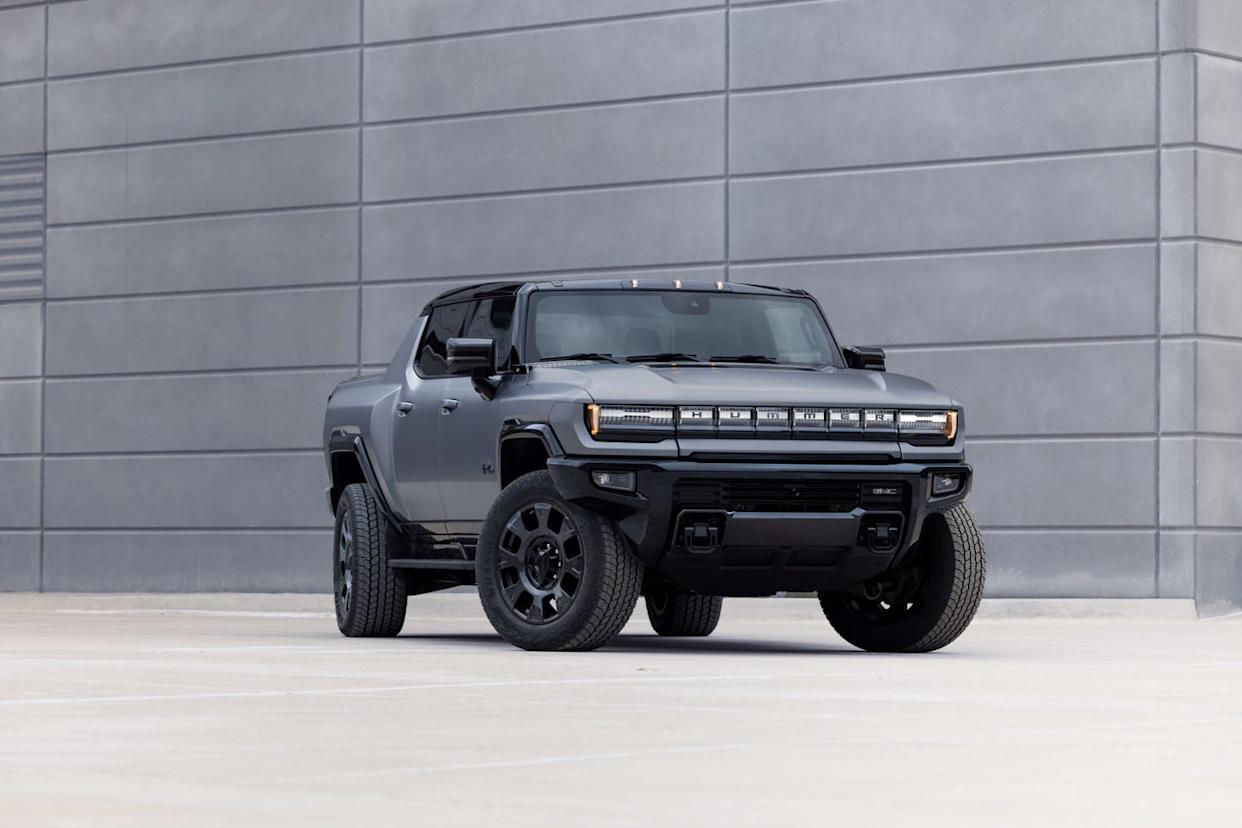
Not so long ago, back around the year 2000, gas prices just didn’t matter that much. In fact, worrying about the price at the pump was for losers. In the heyday of Y2K, the larger your vehicle was and the more gas it guzzled, the cooler and sexier it was. You might only be getting ten miles per gallon, but you were behind the wheel of the biggest, baddest, splashiest SUV on the planet. Spoiler alert: You were probably driving a Hummer.
Yes, there were other oversized SUVs rivaling the Hummer for icon status. It wasn't the only oversized vehicle proudly flaunting its inefficient fuel consumption and vying to have biggest impact on the cultural conversation. In 2003, Lil’ Kim was the first person in the U.S. to own a Mercedes-Benz G500 convertible. And Tony Soprano drove a Cadillac Escalade ESV in the last three seasons of the award-winning HBO series The Sopranos. But the Hummer was king. When the second-generation H2 was released, it marked peak Hummer popularity. The Big Tymers released “#1 Stunna” and rapped multiple verses about their affinity for rolling up to the scene in the Humvee.
The world has come a long way in terms of sustainability and eco-conscious living since then. We’ve ditched plastic straws for the paper variety (well, some have anyway). No one leaves their house without a reusable water bottle. And many of our rides are even rechargeable now. But we still love our big honkin' cars: Pickup trucks and SUVs are still the most popular models in America.

The good news? These days, you don’t have to choose between being environmentally conscious and driving a vehicle that has attitude. Within the past few years, the automotive industry has drastically changed. Automakers have taken some of the biggest, most macho models and re-launched them with all-electric underpinnings. The Escalade, the G-Wagon, and, yes, the Hummer the have all gone electric.
When Mercedes-Benz launched the electric G-Class in Los Angeles last year, Travis Scott put on a surprise performance and was among the first to put in an order for the all-new EV. Shaquille O’Neill took delivery earlier this year of a blacked-out Escalade IQ with 26-inch Forgiato Designs Cactus Jack alloy wheels. Meanwhile, LeBron James was an early ambassador of the Hummer EV, and the so-called supertruck even made a cameo in The Fall Guy movie, starring Ryan Gosling and Emily Blunt, as the ultra-rugged camera car rigged with a U-Crane System.
Then, of course, there’s the Tesla Cybertruck, which is in a cultural and design category all its down. After several years of building anticipation between its announcement and much-delayed debut in 2023, Tesla CEO Elon Musk's dream SUV was quick to garner an A-list fanbase with the likes of Lady Gaga, Pharrell Williams, and Kim Kardashian buying in. But Musk's brief foray into government as the leader of DOGE in the early days of Trump's second term—remember the chainsaw?—has created backlash against Tesla among potential customers and those who already the vehicles. It's not uncommon to see a Cybertruck now bearing a bumper sticker that says I BOUGHT THIS BEFORE ELON WENT CRAZY.
Politics aside, though, big EVs are a growing force on the road. And as our cultural icons of yesteryear are updated with electric powertrains and begin to resurface in the zeitgeist, we can’t help but ask ourselves—are electric SUVs the new status symbol of social hierarchy? I drove the Hummer EV for a week to try and find out.
When I first climbed into the Hummer EV, I couldn’t help but remember my personal affection for the oversized SUV that stemmed from my teenage years. During my sophomore year, there was a senior in my high school who drove a Hummer H2. It was white and had a matching Roxy decal on the rear window. This was post-Blue Crush, so it was giving unbothered surfer-girl aesthetic. The senior was under-the-radar cool, maybe because her car was over-the-top cool.
As a now mid-thirty-something who works in close proximity to the automotive industry, I often categorize cars with a “look back at it factor,” meaning if you park it and don’t turn back around to admire it, you probably don’t hold any merit or cool factor against it.
The Hummer has always had a certain je ne se quois and the Hummer EV does too. Still informed by its original military-inspired design, it maintains a brawniness that now feels modern and nostalgic all at once—a characteristic that seems to resonate well with Millennials and Gen Z customers.
Hummer itself has been on a hiatus for nearly a decade. GM sold the H2 until about 2009 and then shuttered the brand, on the heels of a recession and as fuel costs began to rise dramatically. In 2020, GM decided to relaunch the Hummer nameplate as a fully electric vehicle. Compared to the 10 MPG it touted back in its original heyday, the EV version now gets up to 58 MPGe (miles per gallon equivalent), or 312 miles on a single charge.
Inside, it marries premium technology with utilitarian nobs, switches, and dials—a subtle nod back to more analog days. But then, almost in juxtaposition, a gigantic infotainment screen sits at the center of the cabin that gives driver and passenger access to all the bells and whistles. Toaster-size air vents flank the sides and everything from the door handles and gear shift to the cup holders and center console seems built for giants, but in a way that feels comfortable, manageable, and meant to withstand anything.
The Hummer EV’s real surprise and delight comes from its quickness and agility. It comes powered by either a dual-motor or tri-motor setup that produces between 570 and 1,000 horsepower. When our friends at Car and Driver tested it, the Hummer EV did 0-60 in 3.3 seconds with Watts to Freedom mode (cleverly nicknamed WTF mode) engaged, which makes full use of the 830 horsepower and 11,500 lb-ft of torque.
And for being so large, its maneuverability and turning radius is shockingly sharp thanks to rear-wheel steering. While I didn’t get to test the Hummer EV off-road where its capability has received 5-star reviews, I did test its innovative Crab Walk feature in the parking lot—a true mall crawl simulation. Crab Walk engages a diagonal drive feature that allows the Hummer EV to turn its wheels to move side to side around objects rather than steering through them, which is helpful on tight trail heads.
On-road it’s equipped with state-of-the-art Super Cruise, the industry’s first true hands-free advanced driver system which uses cameras and radar to take control of the vehicle to maintain speed, initiate braking, or change lanes to pass slower-moving traffic ahead.
Off-road, the Hummer EV has two dedicated modes for more adventurous driving: Off-Road and Terrain. Both modify various vehicle factors depending on its use case—tweaking handling, torque, and traction. The EV also employs useful tools such as a front e-locker and a rear virtual locker that uses vehicle software to virtually lock the motors that power the wheels to spin them at the same rate. This creates maximum traction to help get you out of stickier off-roading scenarios.
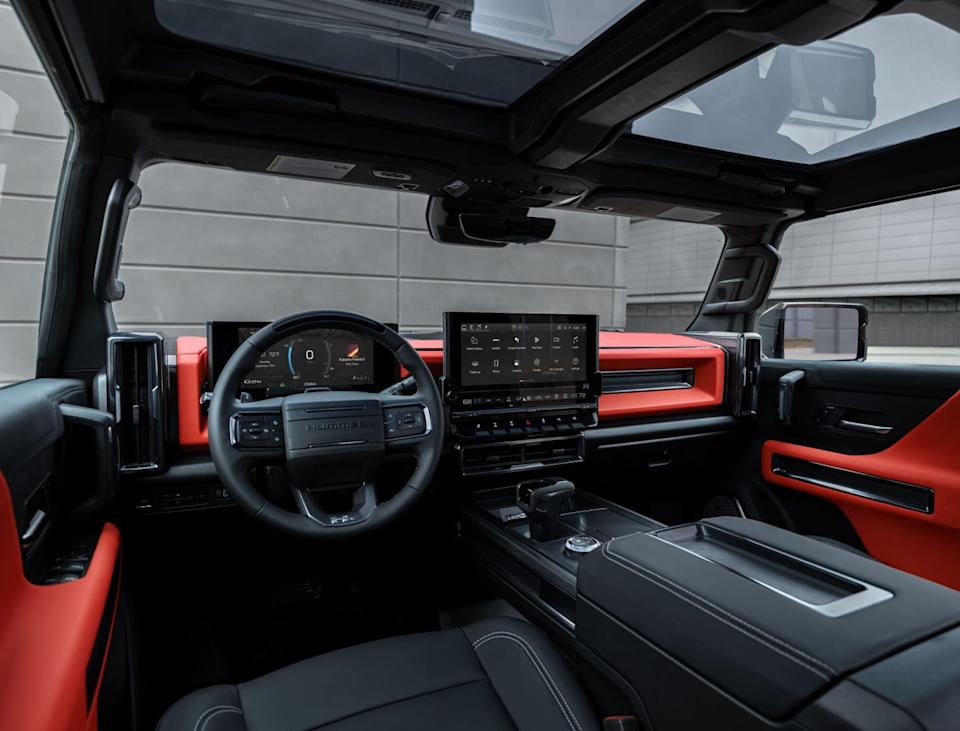
In comparison to previous generations, the Hummer EV is more formidable, commanding the attention of curious onlookers at traffic lights and the neighbors on my street. One man made it a point to tell me “That’s a nice looking truck” as he exited his own Super Duty pick-up in the grocery store parking lot.
After all, it’s hard to miss. Its statuesque physique has a curb weight of 9,063 lbs, easily making it one of the heaviest consumer vehicles available in the United States. From the exterior, the Hummer EV hasn’t given up its go-anywhere, conquering anything styling. Its chiseled exterior is unique in demeanor only to that of the Tesla Cybertruck. Both share a futuristic fancy that channels clunky wartime vehicles, not plucked from the past but straight from HALO or Starship Troopers. Or, specifically for the Hummer, straight out of the 2022 release of Call of Duty Modern Warfare II.
All of this heft and clout will cost you, though. The only thing more hefty than the Hummer EV’s curb weight is probably its price tag—it starts just under $100,000 and its competition isn’t any better. The G580 EV starts at $162,650, and the Escalade IQ at $127,700. The Cybertruck brings up the rear as the most affordable option at $79,990, but its high-performance Cyberbest trim level starts to teeter on six figures. No one ever said status symbols were cheap.
There’s just something undeniable fun about driving big cars, though. Maybe it’s the higher ride height or maybe it’s my Napoleon complex talking (I’m 5’0"), but the boost I got when behind the wheel was kind of priceless. The Hummer EV still makes you feel like you should be in a Ludacris or Master P music video, or that “Goodies” by Ciara would be apropos coming through the speakers, now via wireless Apple CarPlay.
In that way, the Hummer EV brought me back to simpler times. Vehicles should be transportive. They’re the thing that gets us from point A to point B. But they’re also conduits for memories, and have the ability to take you to the most unexpected places.
You Might Also Like
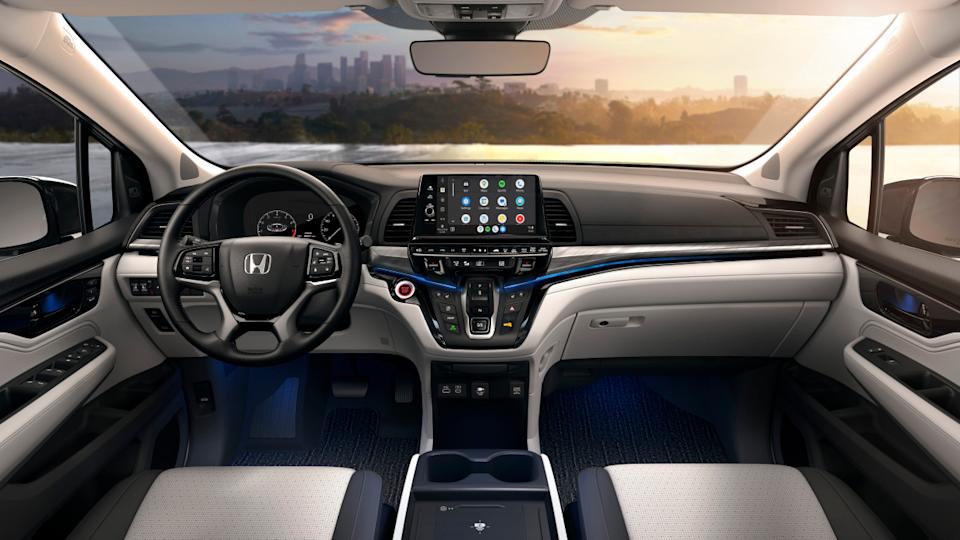
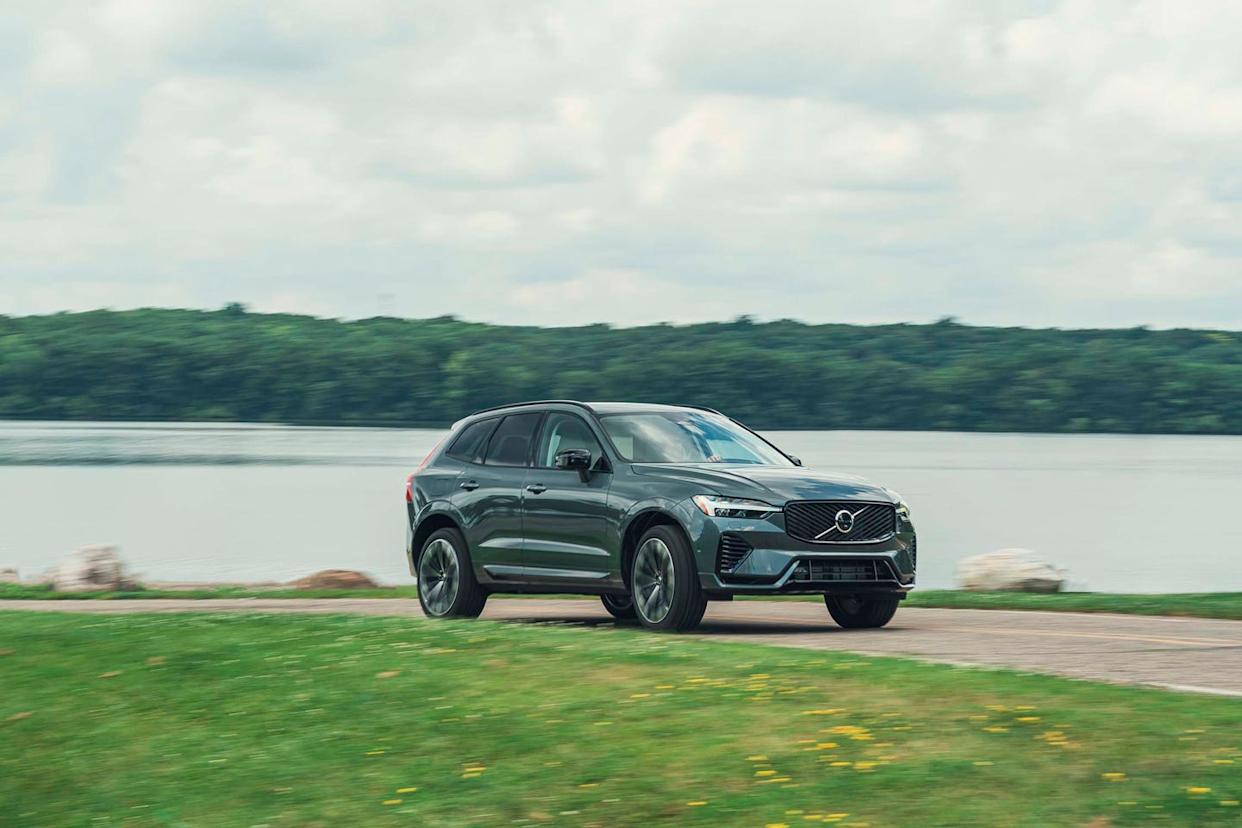



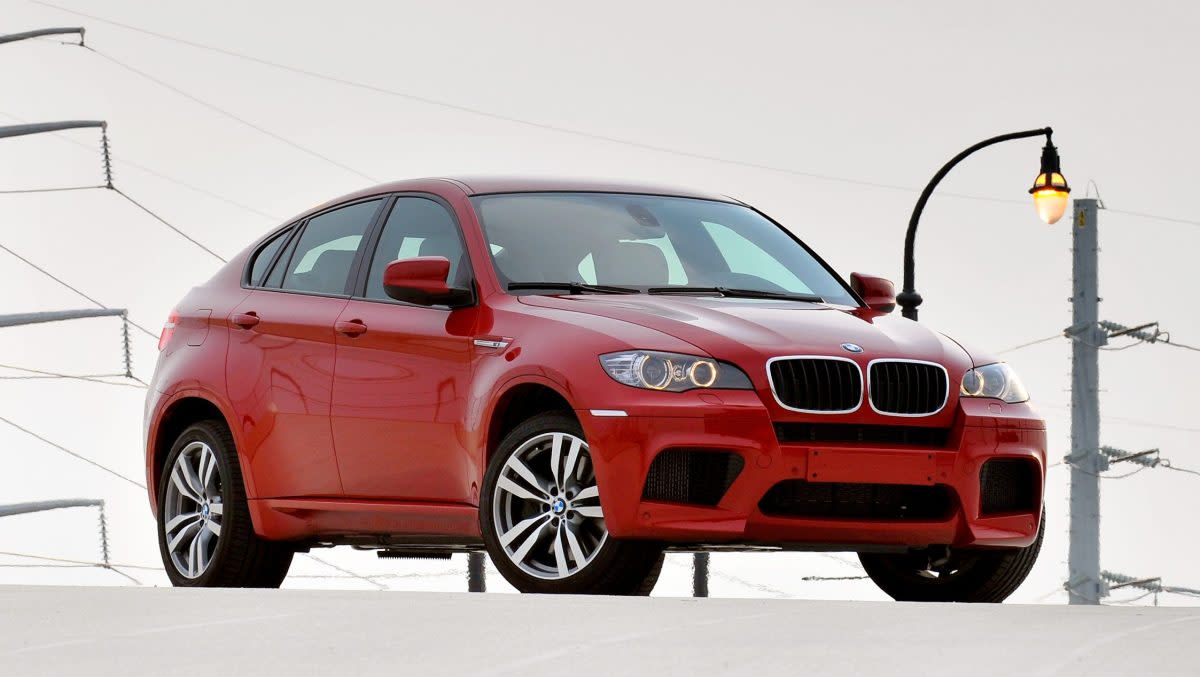


Comments